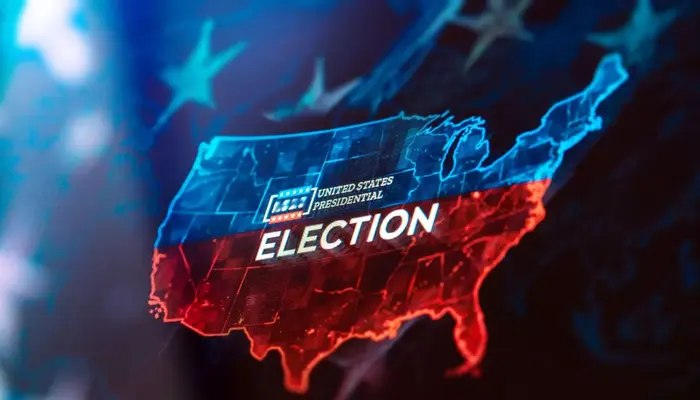
Can a candidate lose the presidential election in the United States even after securing more votes? This question raises important concerns about how the Electoral College system functions.
In the U.S., ballots display the names of presidential and vice-presidential candidates. However, voters actually cast their votes for a group of electors. After the popular vote, the 538 members of the Electoral College determine the winner. Typically, states have clear party affiliations—either Republican or Democrat. Therefore, candidates focus on swing states, where voters can choose candidates from either party.
Electors are local party officials or leaders who select the president. They are bound to support the candidates who win the popular votes in their states. In 2016, when Donald Trump, the Republican candidate, won against Hillary Clinton, he called it a beautiful victory. Clinton received over three million more votes nationwide but lost due to the Electoral College. This outcome surprised many non-Americans, as it is unusual for a candidate with the second-highest votes to become president. Trump, however, adhered to the requirements of the U.S. system.
Winning the Necessary Electoral Votes
To reach the White House, a candidate must win votes in as many states as possible to secure at least 270 electoral votes. The total number of electoral votes is 538, and 270 is the threshold to win. On election day, when voters head to polling stations, they see only the names of the presidential and vice-presidential candidates on the ballot. Yet, they are actually voting for a group of electors.
After the general voting concludes, the 538 electors gather in their respective state capitals to decide the winner. This election system, established under the U.S. Constitution, is a compromise made by the country’s founders. They debated whether the choice of president should rest with Congress or reflect public opinion.
Efforts to Abolish the Electoral College
In recent years, Congress has proposed multiple amendments to abolish the Electoral College, but none have succeeded. Although electors are typically loyal to their political parties, they must support the candidates who win the popular vote in their states. Each state has as many electors as it has representatives and senators in Congress. The number of representatives from any state in the House is based on its population, while each state has two senators.
Waka Flocka Flame Backs Donald Trump Days Before U.S. Presidential Election
In the Electoral College, each elector represents one vote. California, the most populous state, has 54 electors, while Texas has 40. Low-population states like Alaska, Delaware, Vermont, and Wyoming have only three electors each. Washington, D.C., has no representation in Congress but is allocated three electors.
How Votes Are Allocated
Except for Nebraska and Maine, all states award their electors to the candidate who receives the most votes in that state. Winning by a large margin is equivalent to securing all the electoral votes from that state.
Follow Day News on Google News, Instagram, YouTube, Facebook, Whats App, and TikTok for latest updates












